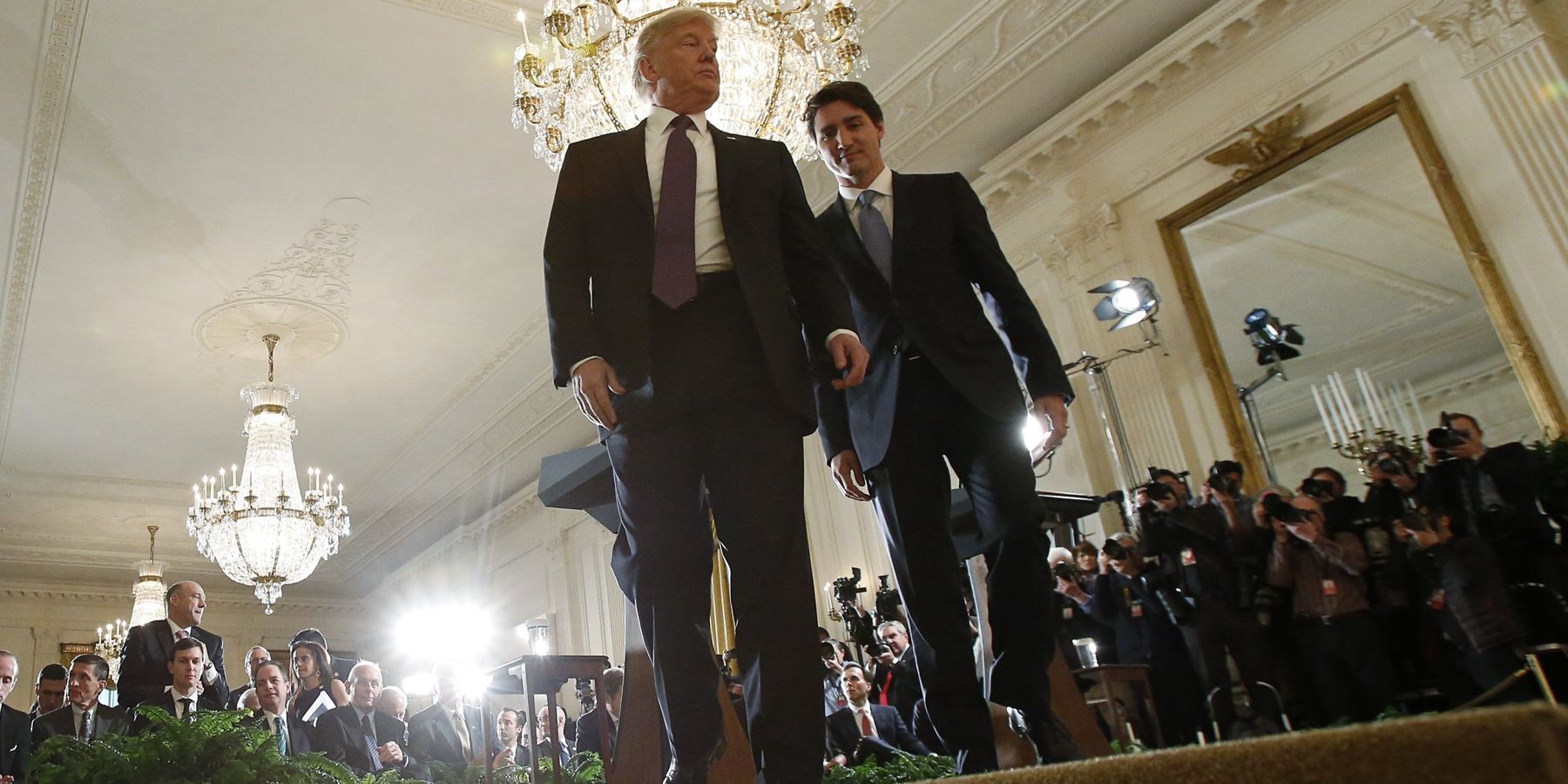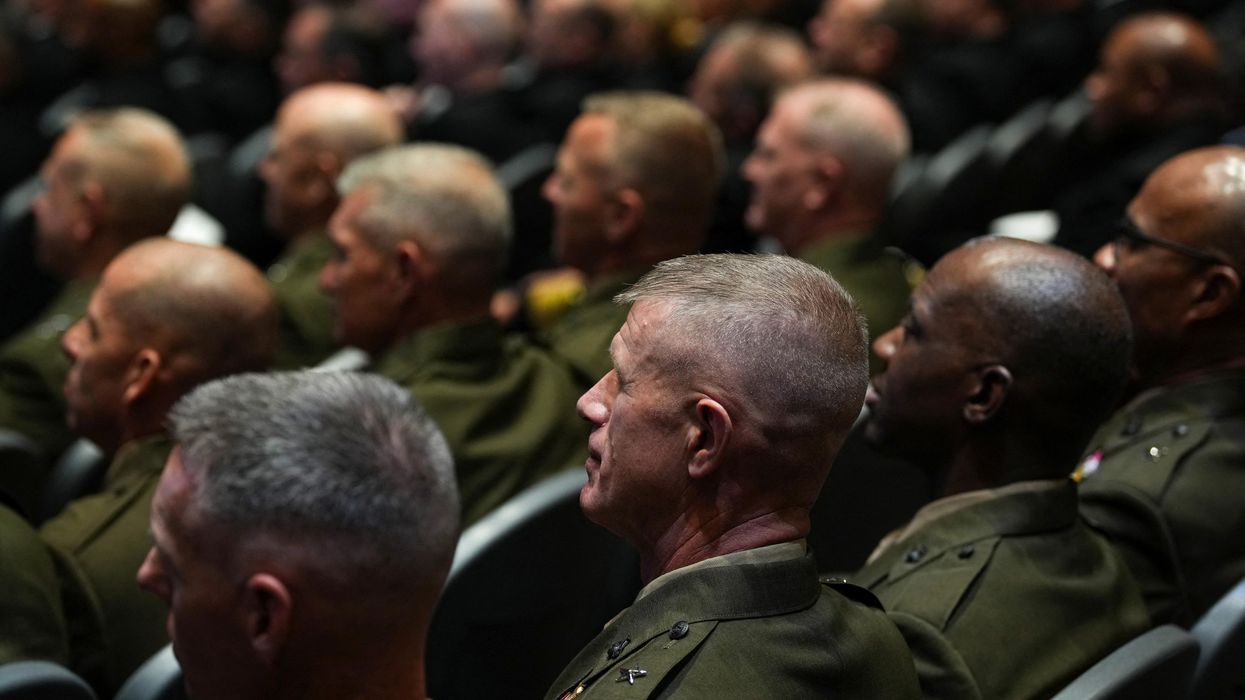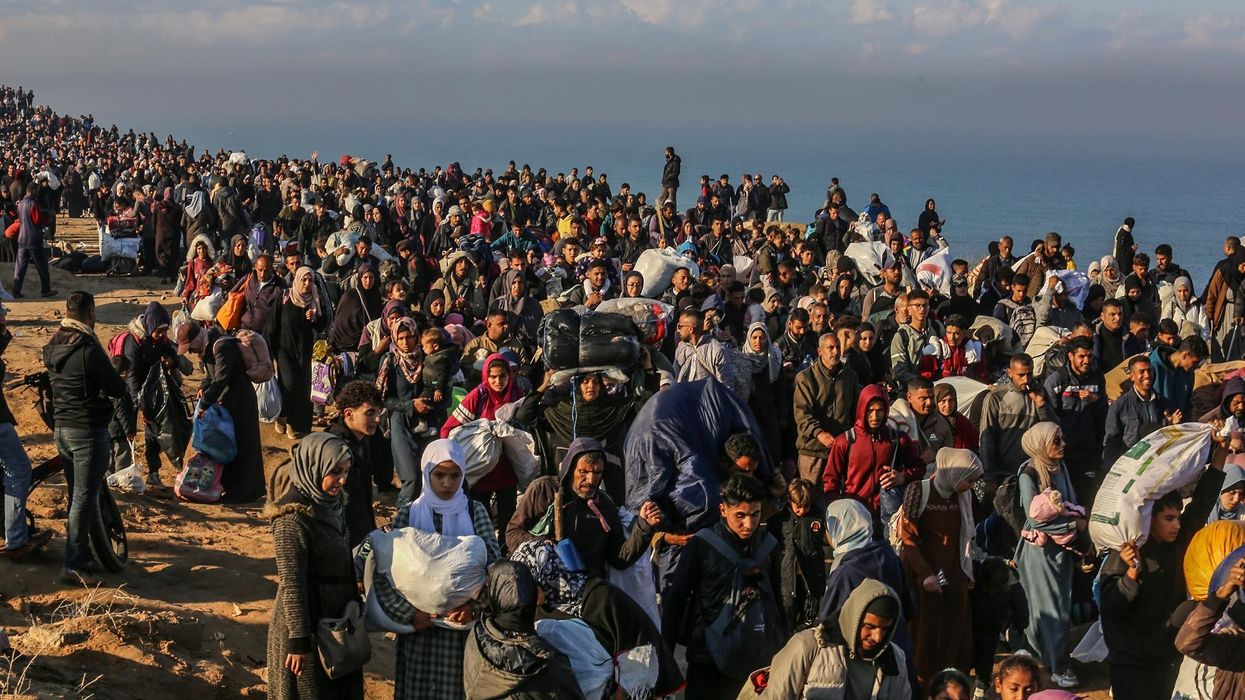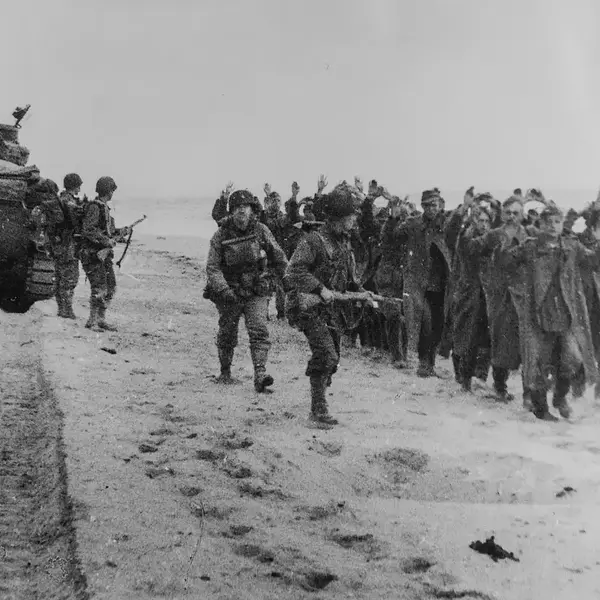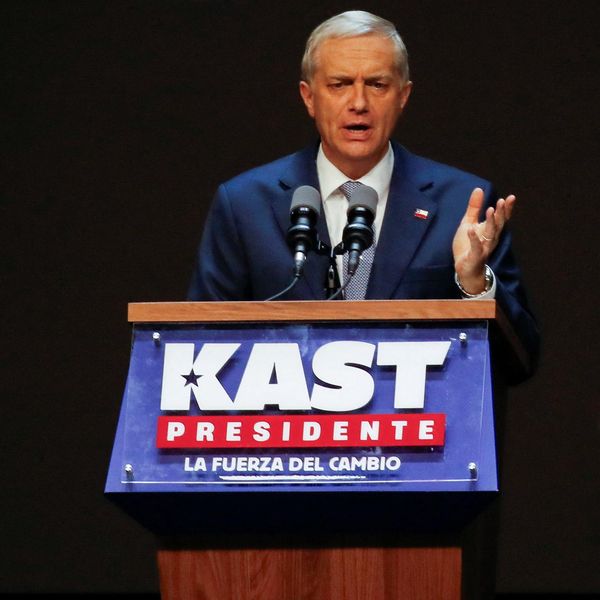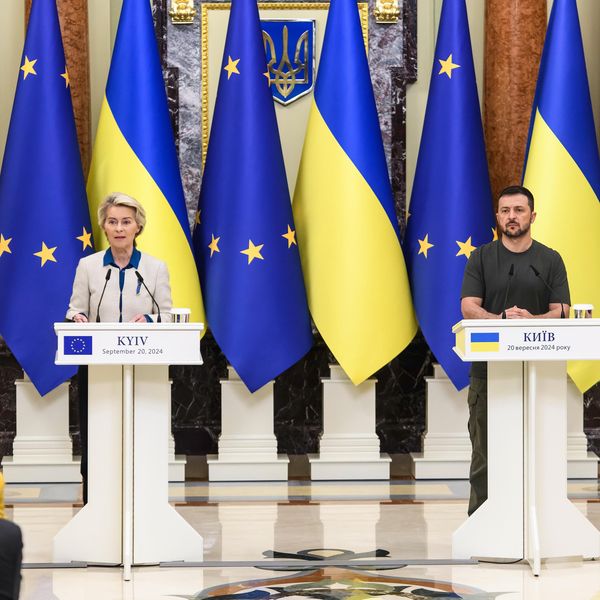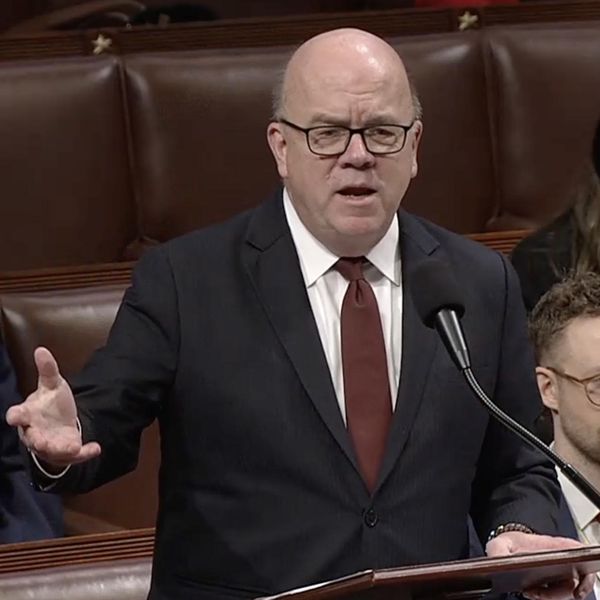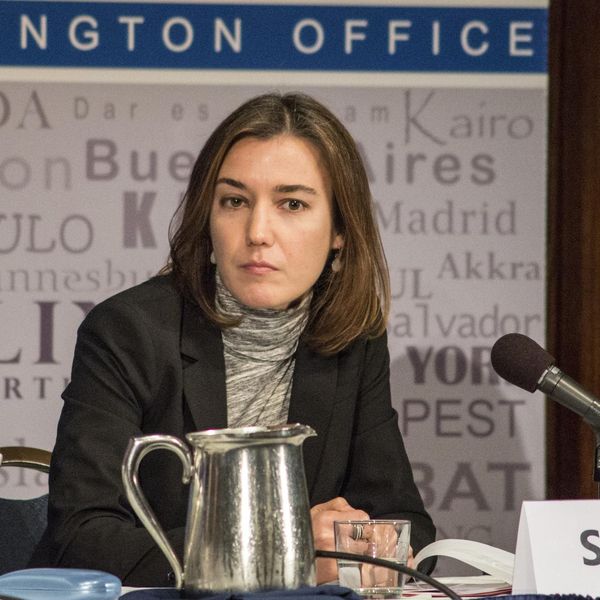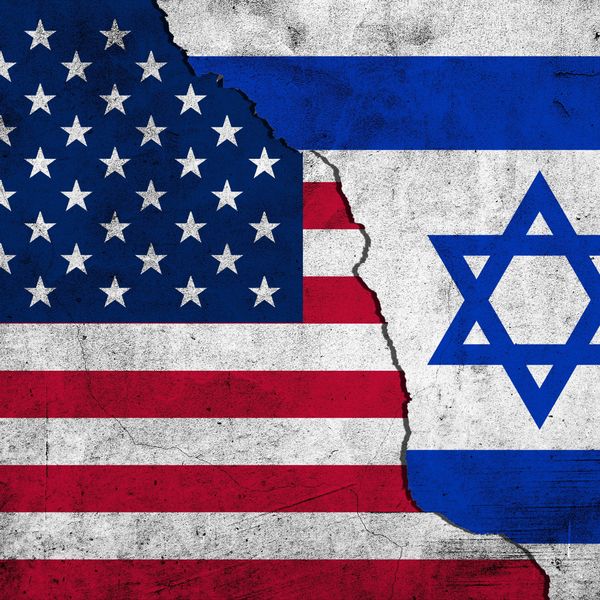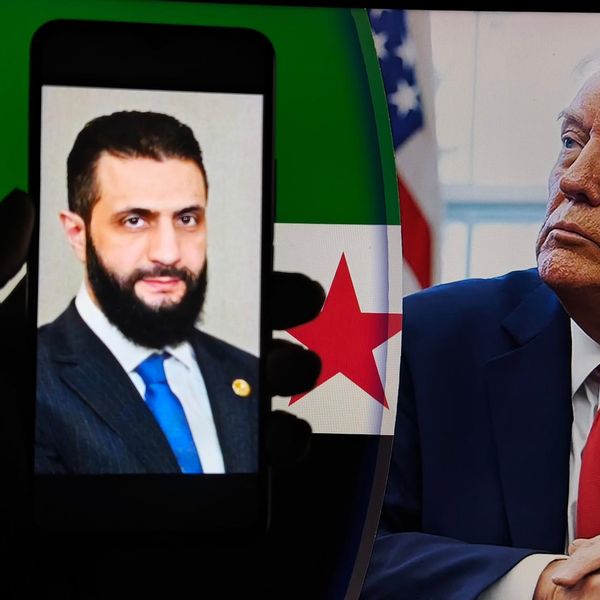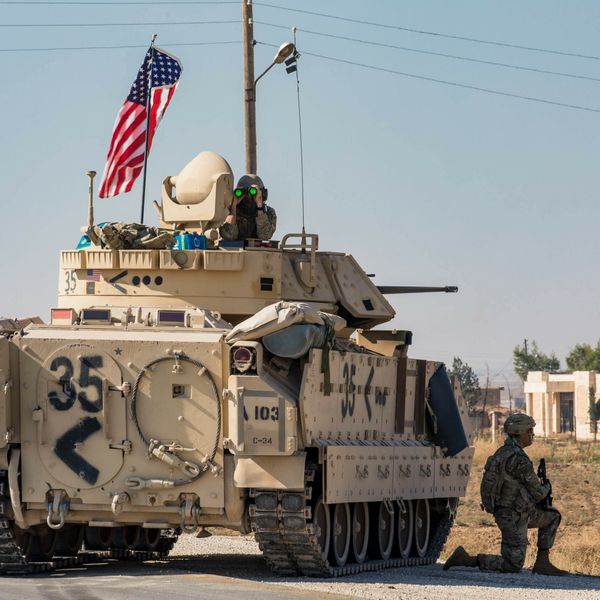The Trudeau government faces a perfect storm of political and economic upheaval following Chrystia Freeland’s abrupt resignation and mounting anxieties over the prospect of Donald Trump’s return to power.
With Trudeau’s popularity at record lows and calls for his resignation mounting, Canada’s leadership crisis could not come at a worse time. Freeland’s departure, opposition gains, and the specter of renewed U.S. protectionism and pressure on NATO spending threaten to leave Canada unprepared to defend its national interests in a volatile international environment.
Freeland’s resignation has sent shockwaves through Ottawa and underscored growing disarray within the Liberal government. As a key figure in Trudeau’s cabinet and Canada’s chief negotiator during Trump’s renegotiation of NAFTA into the United States-Mexico-Canada Agreement (USMCA), Freeland played a central role in managing U.S.-Canada relations at a time of considerable tension. Her ability to navigate Trump’s unpredictable leadership, while securing a deal that protected Canada’s core trade interests, earned her broad praise in Canada. (She chose to skip a recent meeting with Trudeau and Trump at Mar-a-Lago; Trump called her "behavior...totally toxic".)
Her resignation now leaves a vacuum of experience and credibility at a time when Canada may again need steady hands to manage Washington’s demands.
While official explanations cite personal reasons, many speculate that Freeland’s departure reflects her reluctance to continue propping up a government mired in declining popularity and internal dissent. Trudeau’s approval ratings are at historic lows, weighed down by inflation, rising living costs, and a growing perception of Liberal incompetence.
Within his own party, frustrations are mounting over the inability to reverse these trends, and the prospect of Pierre Poilievre’s Conservatives sweeping to power looms ever larger. Poilievre has seized on Freeland’s resignation to paint the Liberals as leaderless and adrift, resonating with Canadians eager for economic and political renewal.
This domestic instability could not come at a worse time. Donald Trump’s 2024 campaign rhetoric already signals a return to the aggressive economic nationalism of his first term. His promises to expand tariffs and bring manufacturing jobs back to the United States are a cornerstone of his appeal to his voter base, and Canada’s trade surpluses — particularly in energy, agriculture, and critical minerals — make it a convenient target. The memory of Trump’s punitive tariffs on Canadian steel and aluminum under dubious “national security” justifications remains fresh.
Though the renegotiation of NAFTA brought temporary relief, Trump’s willingness to ignore trade rules and override multilateral dispute mechanisms highlights how vulnerable Canada remains to U.S. economic coercion.
Should Trump return to power, Canada could find itself once again in Washington’s crosshairs. Unlike 2017, however, Ottawa is now confronting this prospect from a position of unprecedented domestic weakness. A government collapse or prolonged political crisis would leave Canada paralyzed and unable to respond effectively. A caretaker government, constrained by electoral uncertainty, would lack the political mandate to negotiate with a Trump administration intent on imposing demands unilaterally.
The result could be a replay of the 2018 trade crisis, but with Canada even less prepared to defend its interests.
Trump’s return would also bring renewed focus on Canada’s defense spending. Throughout his first term, Trump repeatedly criticized NATO allies for failing to meet the alliance’s benchmark of spending 2% of GDP on defense, and Canada was often singled out as one of the worst offenders. Despite Trudeau’s rhetoric about supporting multilateralism and NATO solidarity, Canada’s defense spending remains well below the target, hovering at just 1.4%. While Ottawa has promised new investments —ranging from Arctic defense infrastructure to NORAD modernization and the procurement of new submarines — progress has been slow, hampered by bureaucratic inefficiency and procurement delays.
Freeland’s departure raises further concerns about who will manage this critical aspect of Canada-U.S. relations. Her ability to balance Trump’s unpredictability with Canada’s strategic priorities was a key asset during the NAFTA renegotiation. Without her, Ottawa risks struggling to present a credible case to Washington, particularly if domestic instability undermines the government’s ability to commit to significant defense investments. Trump’s likely demands for Canada to “pay up” will only intensify the pressure. Failure to act decisively could strain the bilateral relationship and call Canada’s credibility as a defense partner into question.
While Ottawa struggles to respond, Canada’s provinces are stepping in to address challenges that a second Trump administration might exacerbate. Regional leaders, particularly in border provinces, are taking proactive measures to mitigate risks linked to U.S. economic disruptions, border security challenges, and rising transnational crime.
In Quebec, irregular migration remains a significant concern, particularly at unofficial border crossings like Roxham Road, which saw an influx of asylum seekers during Trump’s first term. Premier François Legault, frustrated with Ottawa’s perceived inaction, has redirected the Sûreté du Québec to assist federal border agents and accelerate the processing of asylum claims. Legault’s calls for tougher immigration measures reflect growing provincial frustrations, a sentiment Trump could exploit to pressure Canada into new border agreements.
Ontario, home to key trade corridors with Michigan and New York, has prioritized efforts to combat illegal firearms trafficking and organized crime. Premier Doug Ford has expanded Ontario Provincial Police (OPP) involvement in cross-border task forces, collaborating directly with U.S. law enforcement to address smuggling networks. Ford has criticized Ottawa for lagging on border security, suggesting provincial authorities may escalate their efforts independently if necessary.
British Columbia faces unique challenges as Canada’s gateway to trans-Pacific trade. Vancouver’s ports are critical for both legal commerce and illicit contraband, drawing scrutiny from U.S. agencies and exposing Canada to allegations of insufficient enforcement. In response, B.C. has expanded anti-smuggling operations, reallocating RCMP resources to monitor transport routes and border crossings. Discussions are underway to establish a task force focused on dismantling organized crime networks linked to cross-border activity.
In Alberta, Trump’s return is viewed with a mix of anxiety and resolve. As Canada’s energy powerhouse, Alberta has the most to lose from renewed U.S. protectionism targeting Canadian oil and gas exports. Premier Danielle Smith has made it clear that Alberta will resist federal concessions on energy policy that undermine the province’s economic interests. Alberta has also bolstered enforcement at key crossings, such as Coutts, to ensure trade security while managing smuggling risks.
Domestically, the political fallout from Freeland’s resignation and the Trudeau government’s broader crisis has emboldened Pierre Poilievre’s Conservatives. Leading in the polls, Poilievre has capitalized on frustration with Liberal leadership, inflation, and economic stagnation. Should Trudeau’s government collapse, Canada risks entering a period of paralysis that Trump could exploit to impose unilateral measures on trade, border security, and defense.
Despite these challenges, Canada can prepare. Stabilizing political leadership must be the first priority. If Trudeau cannot rally his party, a leadership transition may be necessary to project competence and unity. Ottawa must also insulate the economy from U.S. protectionism by diversifying trade with Europe and the Indo-Pacific. Meeting NATO’s 2% defense spending target will signal Canada’s seriousness as a security partner, while investments in Arctic infrastructure, NORAD modernization, and procurement are critical.
Finally, Canada must strengthen ties with U.S. stakeholders beyond Trump, including Congress and state governors, to reinforce shared interests.
How Canada navigates this moment will test its leadership, resilience, and ability to prioritize national interests. A coherent, strategic response is essential to safeguard Canada’s economic and security interests in an increasingly unpredictable world.
- Despite shared stance on Israel, Canada-India in downward spiral ›
- What accounts for this sharp Canadian shift against China? ›
- Whiplash: Trump says tariffs on Mexico delayed | Responsible Statecraft ›
- Trump should take the victory in Canada and move on | Responsible Statecraft ›
- As Canadians go to polls, Trump keeps banging on annexation | Responsible Statecraft ›

